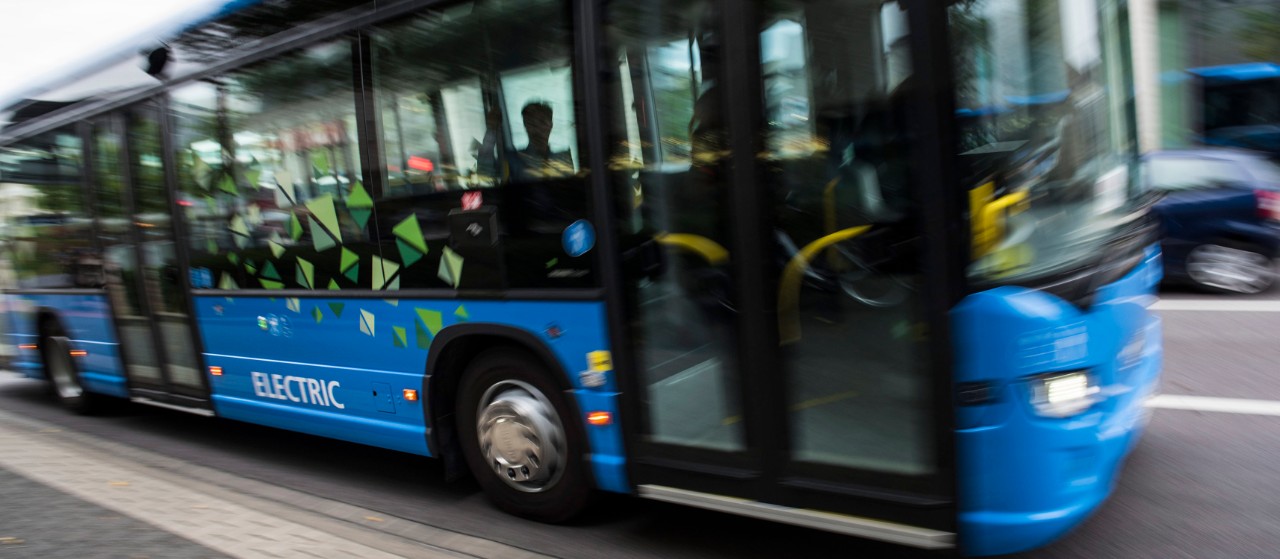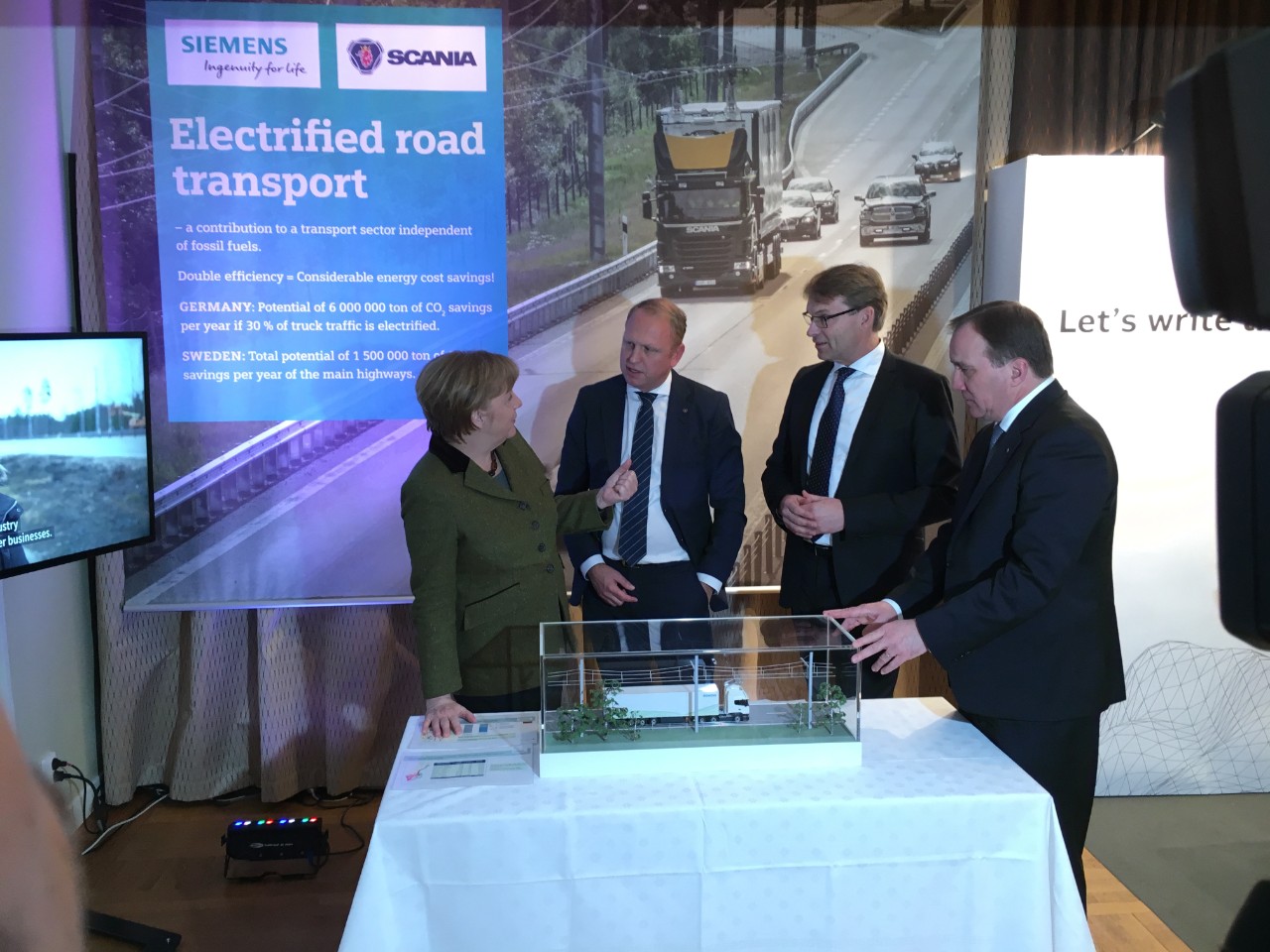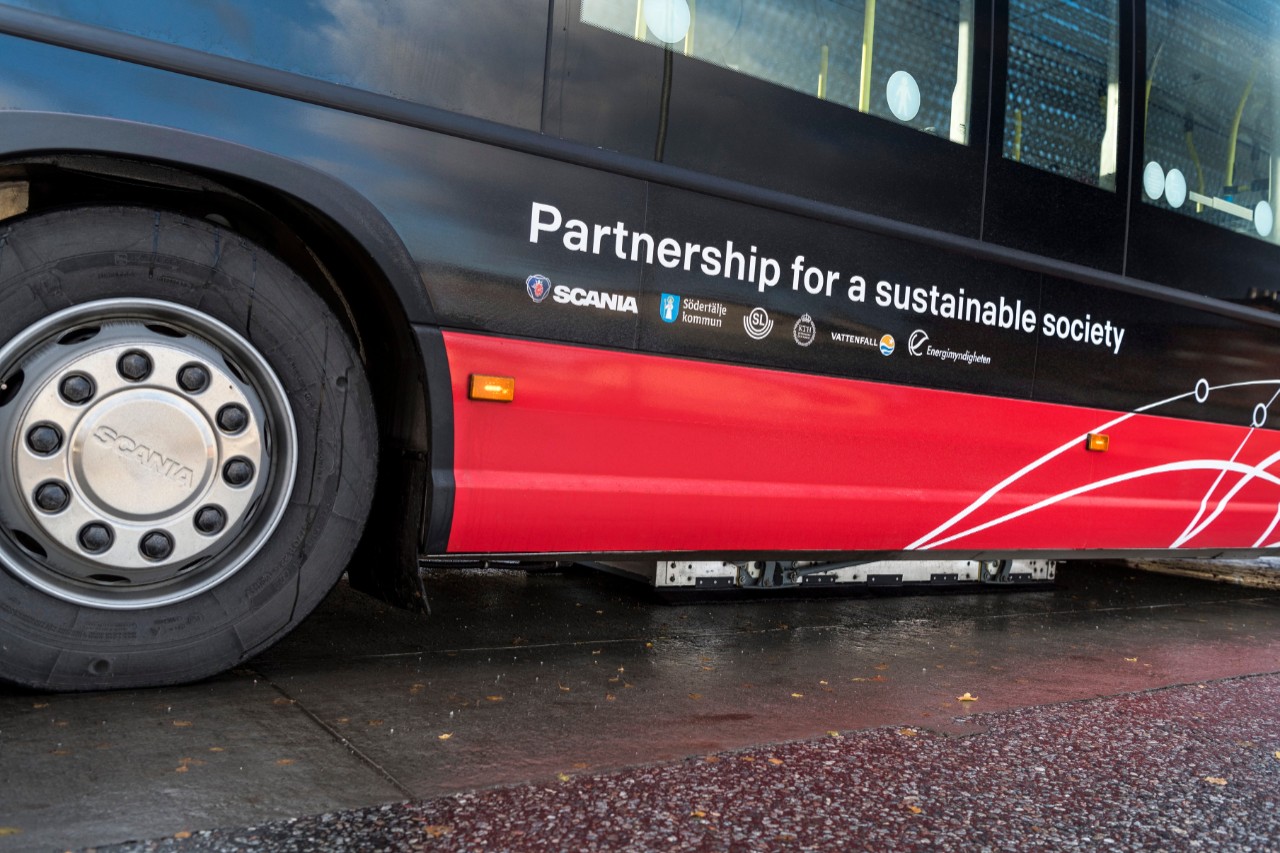
Scania and electrification: a multi-faceted approach
26 JANUARY 2018
With no ‘one size fits all’ solution, we are exploring a range of sustainable technologies.
Scania’s response to the need for a more sustainable, electrified transport solution entails several different areas of research.
“Our philosophy is to have a broad approach when it comes to research into all sustainable technologies, rather than putting all of our eggs in one basket,” says Nils-Gunnar Vågstedt, who leads Scania’s work on electrification technology.
With our electrification roadmap, Scania is taking a multi-faceted approach, including research into different kinds of bio-fuelled hybrid technologies, and fully-electric vehicles. The public discussion often mistakes battery-electric vehicles as the only fully-electric option but in our research and development we also work with fully-electric vehicles powered by hydrogen-powered fuel cells and fully-electric vehicles that can be charged via electrified roads. Vågstedt emphasises that there is no one ‘size fits all’ solution.
Scania and the electrified road
The electrified road has been one of Scania’s most interesting electrification projects. Since June 2016, a two-kilometre strip of the E16 motorway has been in operation outside the Swedish city of Gävle in an ongoing project with infrastructure partner Siemens.
There, Scania trucks are fitted with a pantograph power collector that is mounted on the frame behind its cab. The pantographs are in turn connected to overhead power lines that are above the right-hand lane of the road. The trucks can freely connect to and disconnect from the overhead wires while in motion and charge the batteries in the trucks that are equipped with an electric hybrid powertrain.
Although the two Scania trucks have been successfully operating on the road, Vågstedt would like to see them pushed harder.
“Last winter was very mild but we hope that we will see tougher conditions this winter, so we can really put the technology to the test.”
The future development of battery technology and charging infrastructure such as the electrified road, will determine how to power future heavy commercial electrified and hybrid vehicles.
Sweden and Germany working for a sustainable future
The electric road project has already gained international attention and there are new demonstrations planned for the technology in Germany, over a longer distance.

The project was given a real seal of approval in 2017 when German Chancellor Angela Merkel and Swedish Prime Minister Stefan Löfven met to launch a new innovation partnership between Sweden and Germany that will focus on “Innovation and Cooperation for a Sustainable Future”.
“A key focus of this cooperation will be to test and develop further the opportunities afforded by the electrified road technology, work that has already been started by us in cooperation with Siemens,” says Vågstedt.
Partnerships key to sustainable transport
Vågstedt strongly believes that partnerships are another key ingredient in the mix when it comes to meeting the challenges of developing truly sustainable transport.

“The wide scale of the challenge of low-carbon transport solutions and the wide scale of possible solutions means that Scania sees partnerships as the only way the transport industry can become sustainable. We cannot work in isolation.”
Scania currently works with municipalities, academia, private companies, infrastructure suppliers and fuel and energy providers in an effort to reach viable sustainable transport solutions.
“It is important from Scania’s point of view that we put the same demand on our partners as we do on ourselves when it comes to our cooperation and joint activities,” says Vågstedt.
“The work must always be based on sustainable choices.”